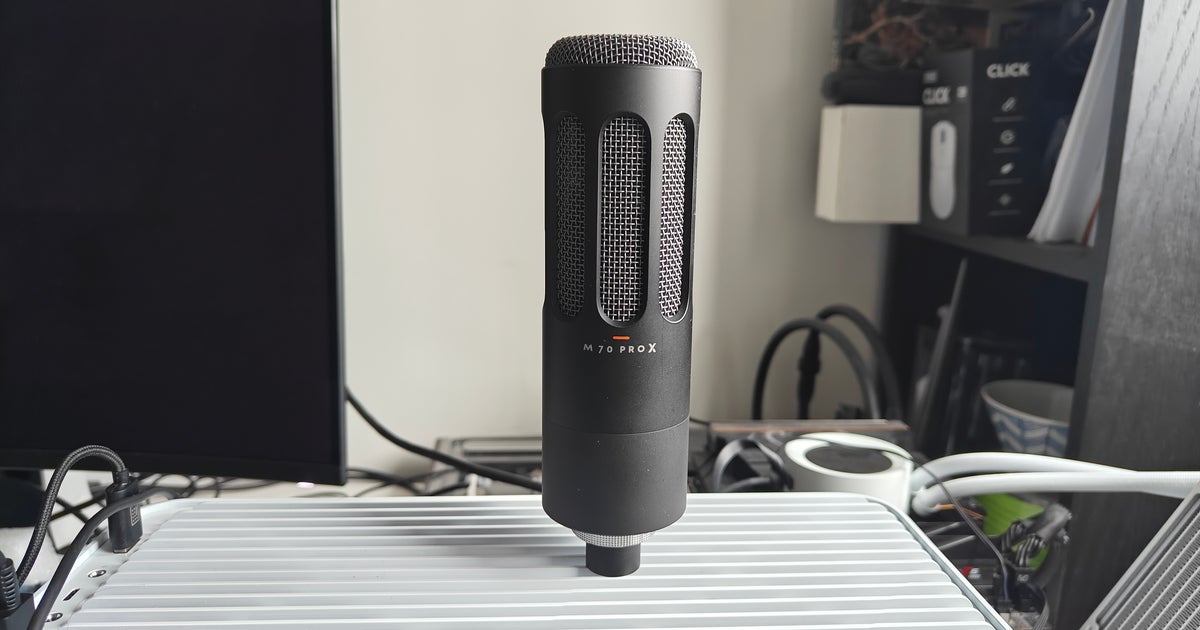Launching a successful streaming or content creation venture demands crisp vocal capture, making USB/XLR mics indispensable tools. Standalone microphones consistently outperform basic headset audio while remaining budget-friendly. After extensive evaluations of current market leaders, we highlight standout models for diverse recording scenarios.
Top streaming USB mic: Elgato Wave 3
- Strengths: Superior software integration with multi-channel mixing capabilities
- Strengths: Advanced anti-clipping technology ensures clean recordings
- Strengths: Intuitive touch controls with real-time monitoring
- Limitations: Single pickup pattern restricts multi-person setups
- Pricing: UK, US
Elgato’s Wave 3 revolutionizes streaming setups with its built-in digital mixer, enabling seamless audio balancing across multiple channels. The ClipGuard system automatically compensates for volume spikes, while capacitive touch controls simplify operation during live broadcasts. Though limited to cardioid capture, its precision-tuned condenser excels at isolating vocal frequencies from background noise when positioned correctly.
Alternative pick: Rode NT-USB Mini
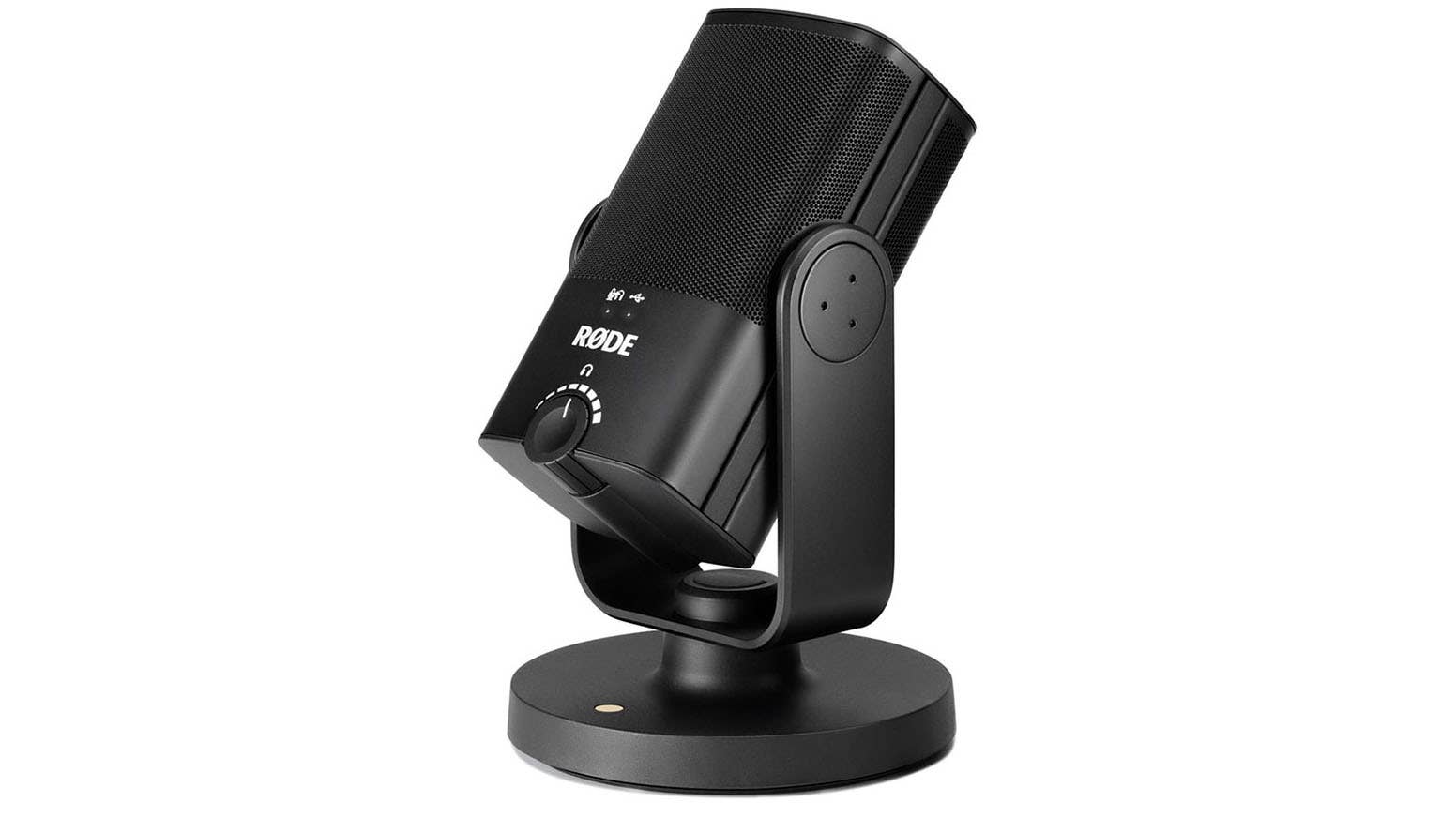

Rode’s compact solution delivers studio-grade clarity through USB connectivity, favoring natural midrange reproduction ideal for speech. Its zero-latency monitoring and cross-platform compatibility make it perfect for mobile content creators. While the short stand necessitates third-party mounting solutions, the NT-USB Mini punches above its weight class in audio performance.
Premium recording solution: Blue Yeti X
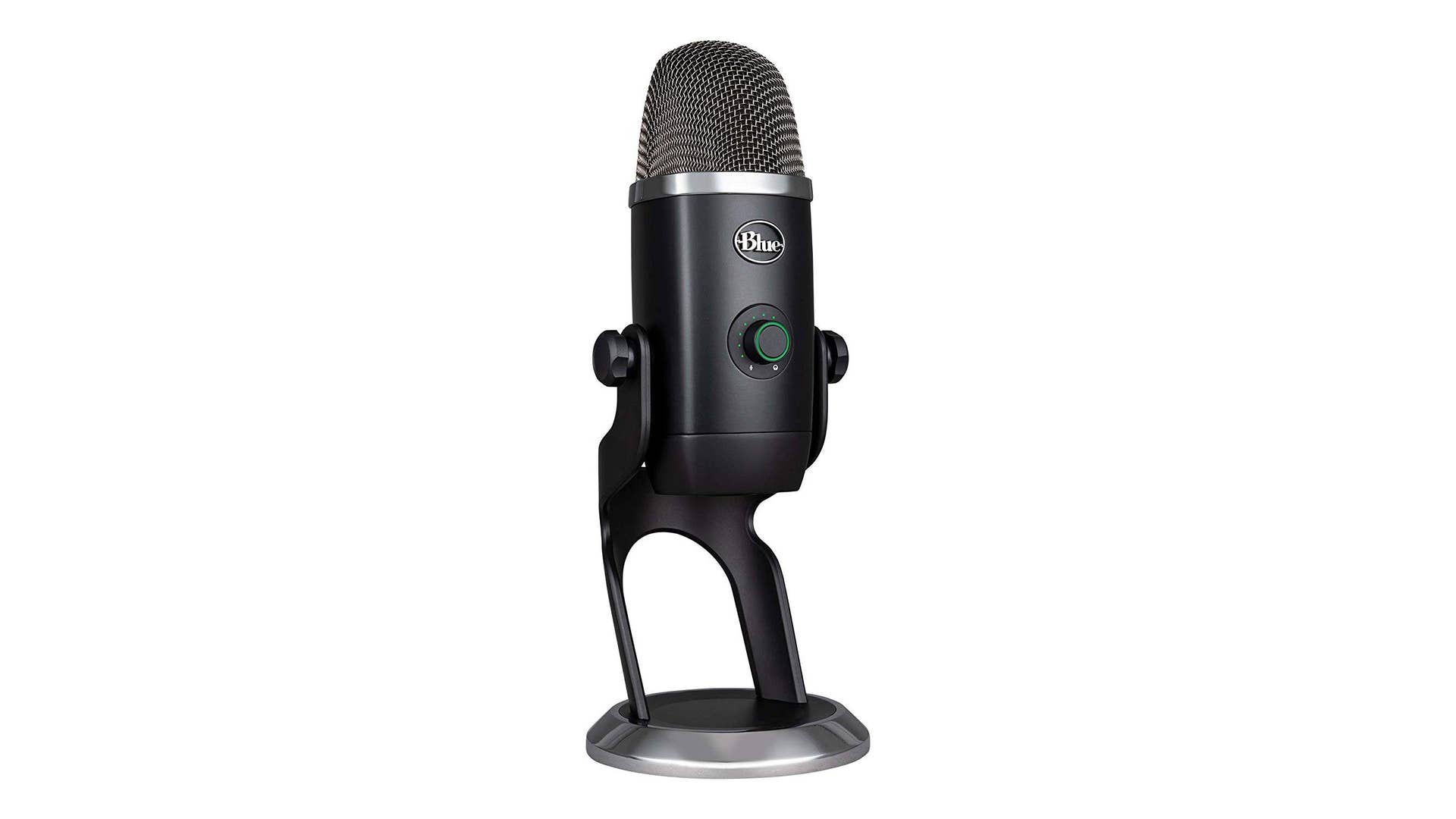

- Advantages: Four directional modes adapt to diverse recording environments
- Advantages: Integrated LED meters and professional-grade voice processing
- Drawbacks: Sensitive to peripheral noise at higher gain settings
- Pricing (Standard Yeti): UK, US
Blue’s flagship condenser mic remains a podcasting staple, offering versatile polar patterns and advanced Blue Vo!ce enhancements. The upgraded X variant introduces real-time visual feedback and premium broadcast presets, though the classic model still satisfies budget-conscious users. Positional awareness remains crucial to mitigate keyboard interference during live sessions.
XLR performance leader: PreSonus PD-70
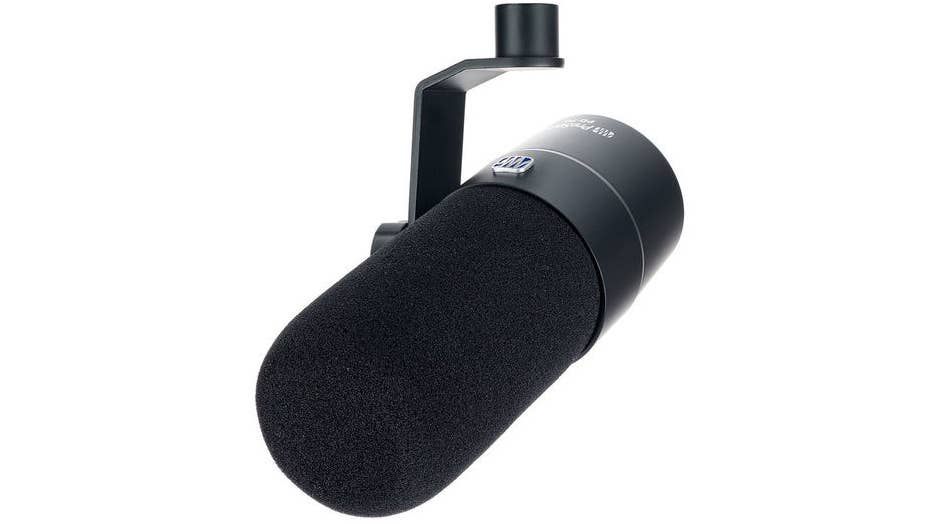

- Highlights: Exceptionally clear vocal reproduction with minimal background pickup
- Highlights: Rugged construction with professional aesthetics
- Considerations: Requires supplementary XLR equipment for operation
- Availability: UK, US
This dynamic XLR option excels in noisy environments, rejecting peripheral sounds while maintaining vocal clarity. Its end-fire design simplifies positioning near monitors, and the detachable windscreen minimizes plosive interference. While lacking low-end richness, the PD-70’s crisp articulation makes it ideal for commentary-focused creators.
Premium alternative: Shure SM7B
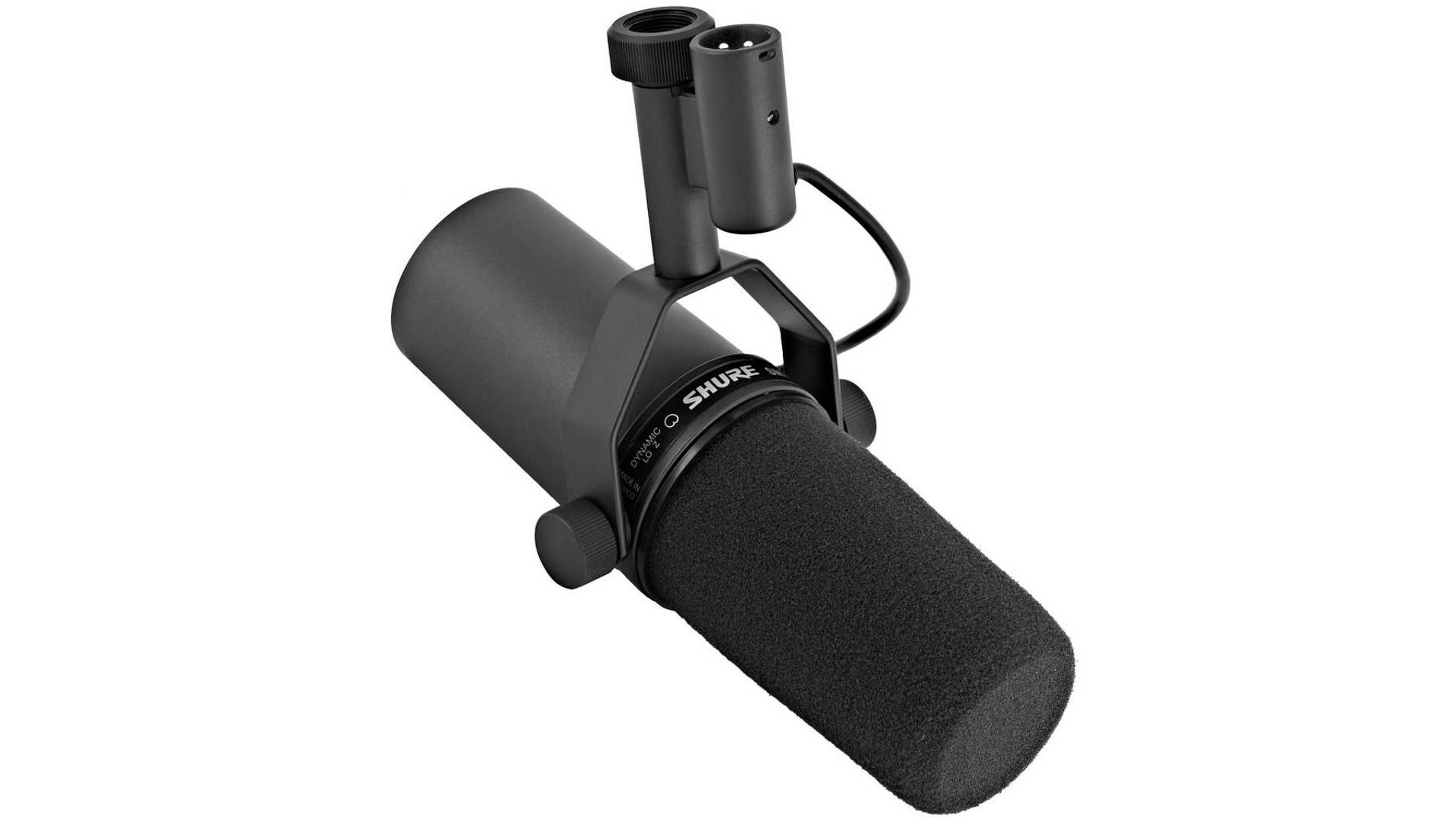

Shure’s broadcast legend delivers rich, noise-resistant audio through adjustable frequency profiles. The SM7B’s iconic design minimizes handling noise and accommodates various vocal timbres. While demanding robust preamps, its consistent performance justifies the investment for professional streamers and podcasters.
Dual connectivity choice: Cherry Xtrfy Ngale X
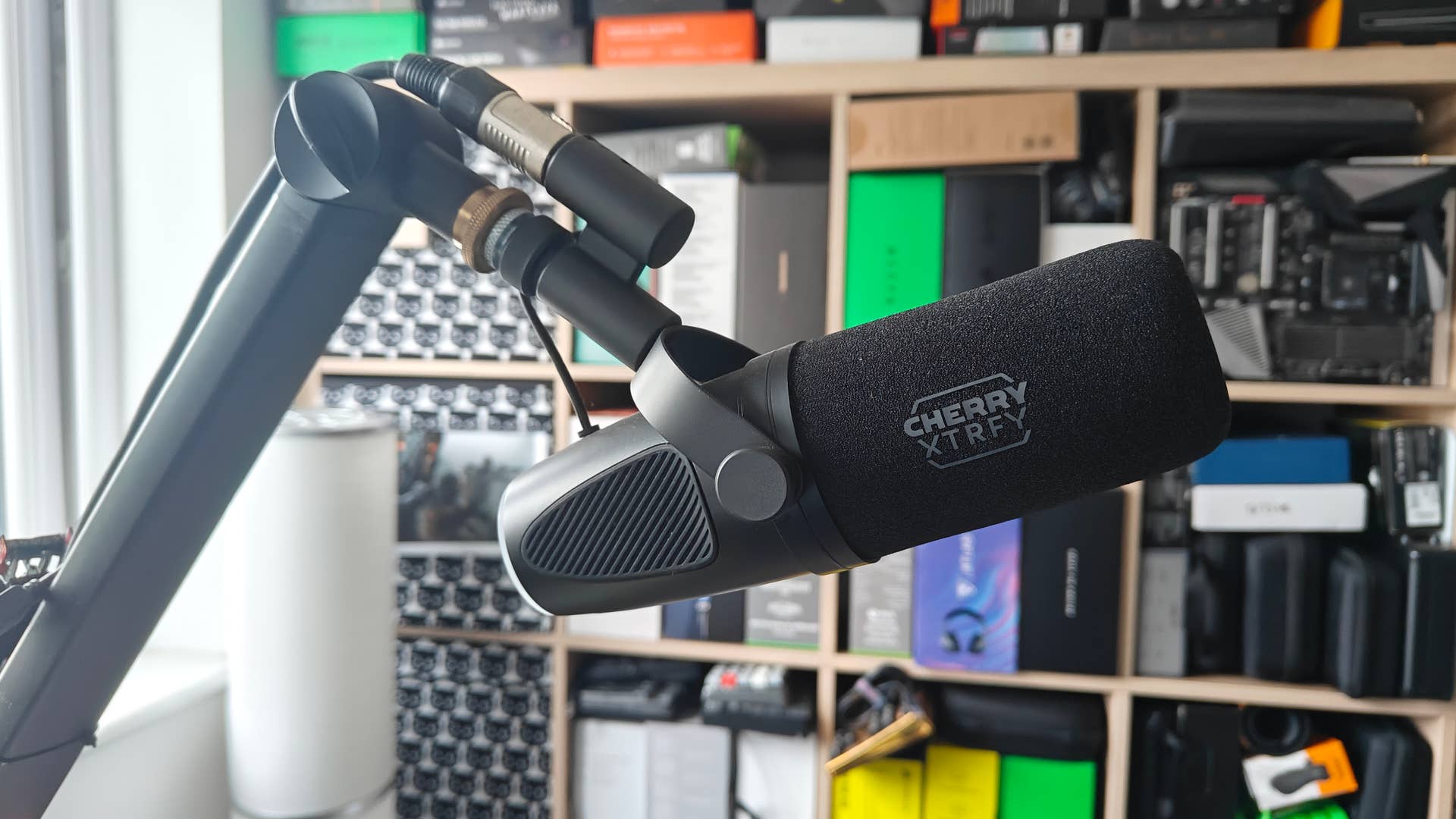

- Benefits: Seamless transition between USB convenience and XLR quality
- Benefits: Premium construction with broadcast-style tone shaping
- Note: USB mode exhibits reduced dynamic range compared to XLR
Cherry’s hybrid solution caters to evolving setups, offering USB simplicity and XLR upgradability. The built-in DSP enhances vocal presence while RGB lighting adds visual flair. Though optimized for arm mounting, its versatile design supports both desktop and suspended configurations.
Streaming interface recommendation: Elgato Wave XLR
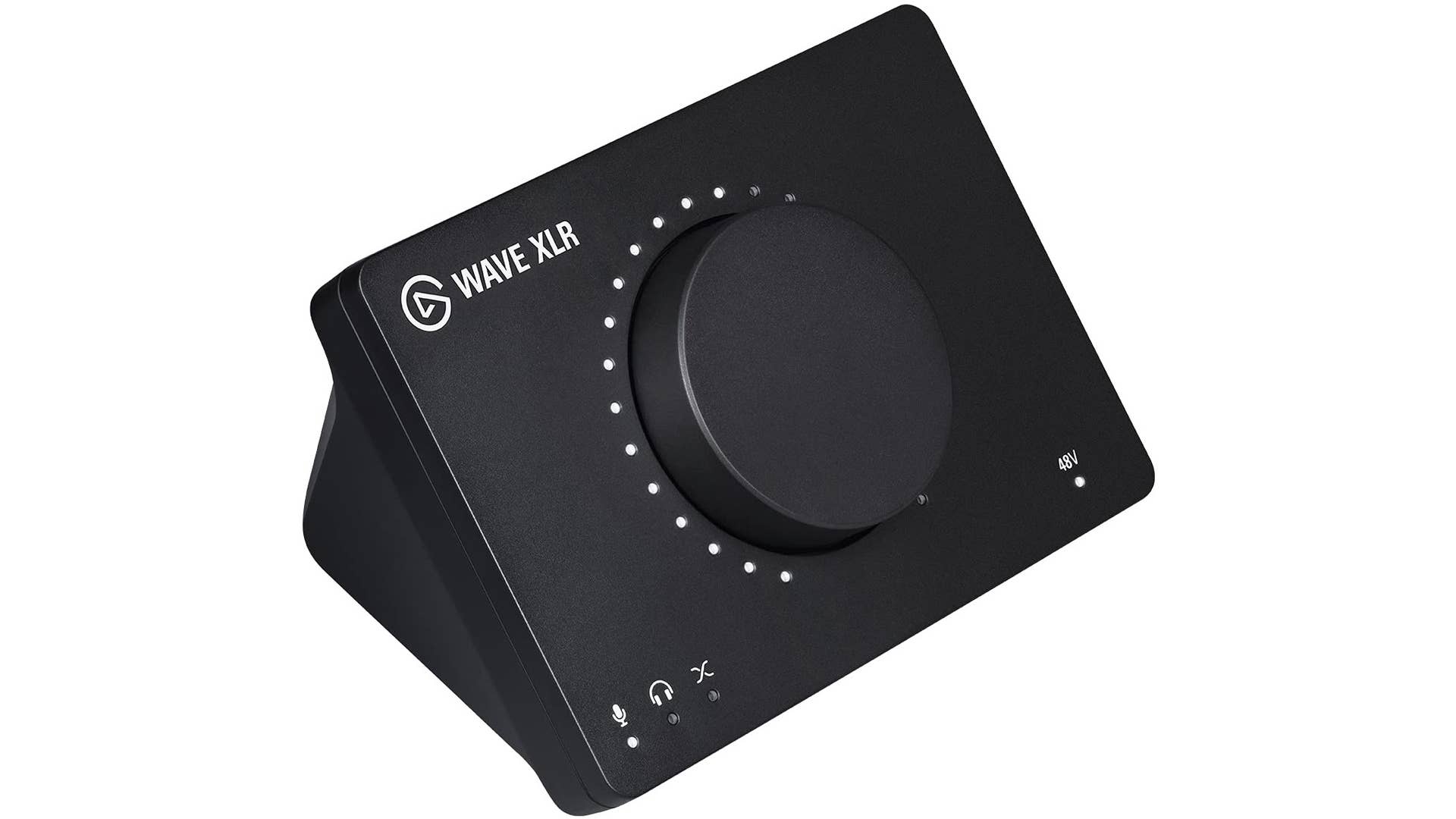

Elgato’s compact interface simplifies XLR setups with 75dB gain staging and intelligent clipping prevention. Seamless integration with Stream Deck ecosystems enables real-time audio adjustments, while Wave Link software provides advanced channel routing. The single XLR input limits multi-mic configurations but suffices for solo creators.

